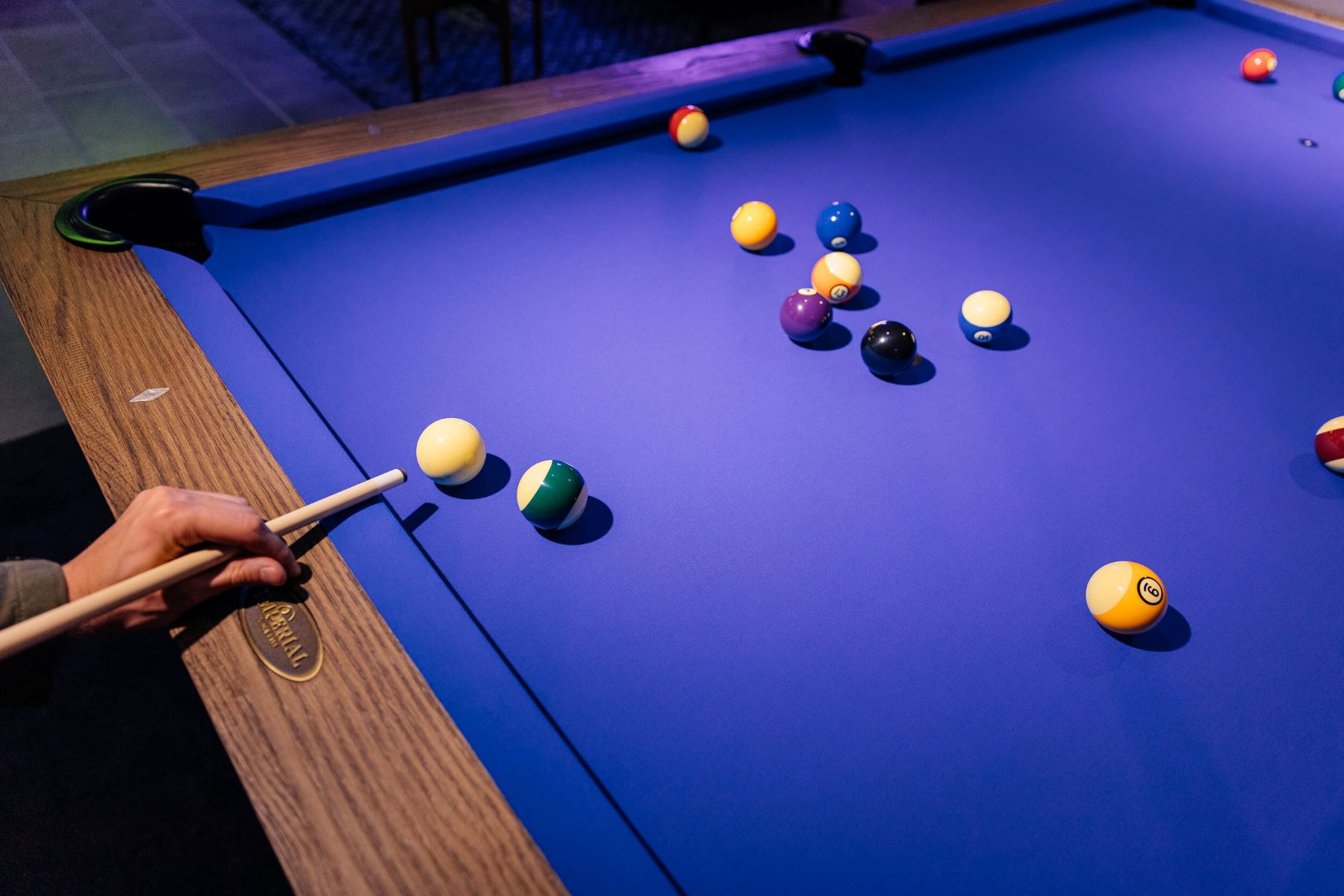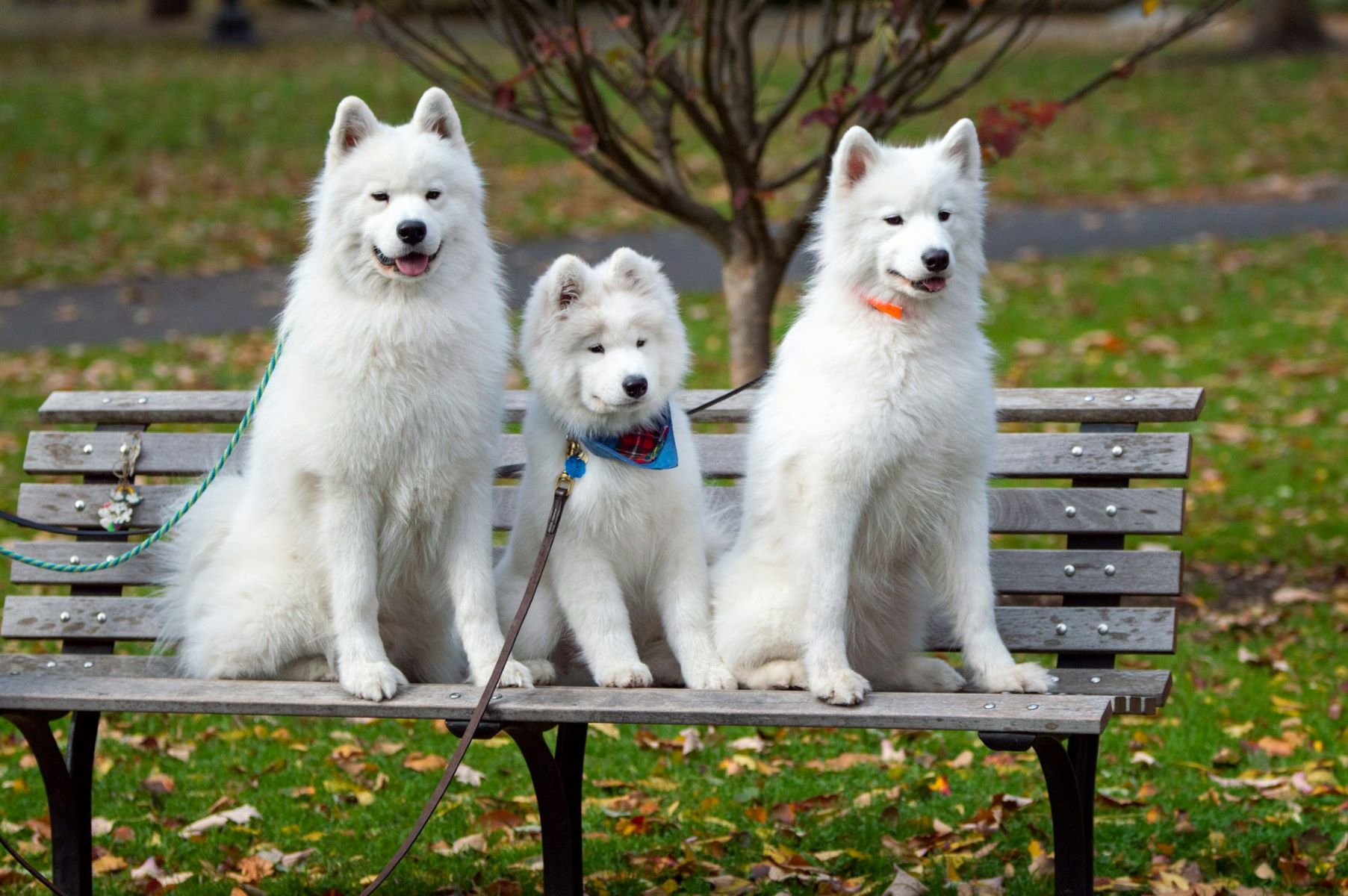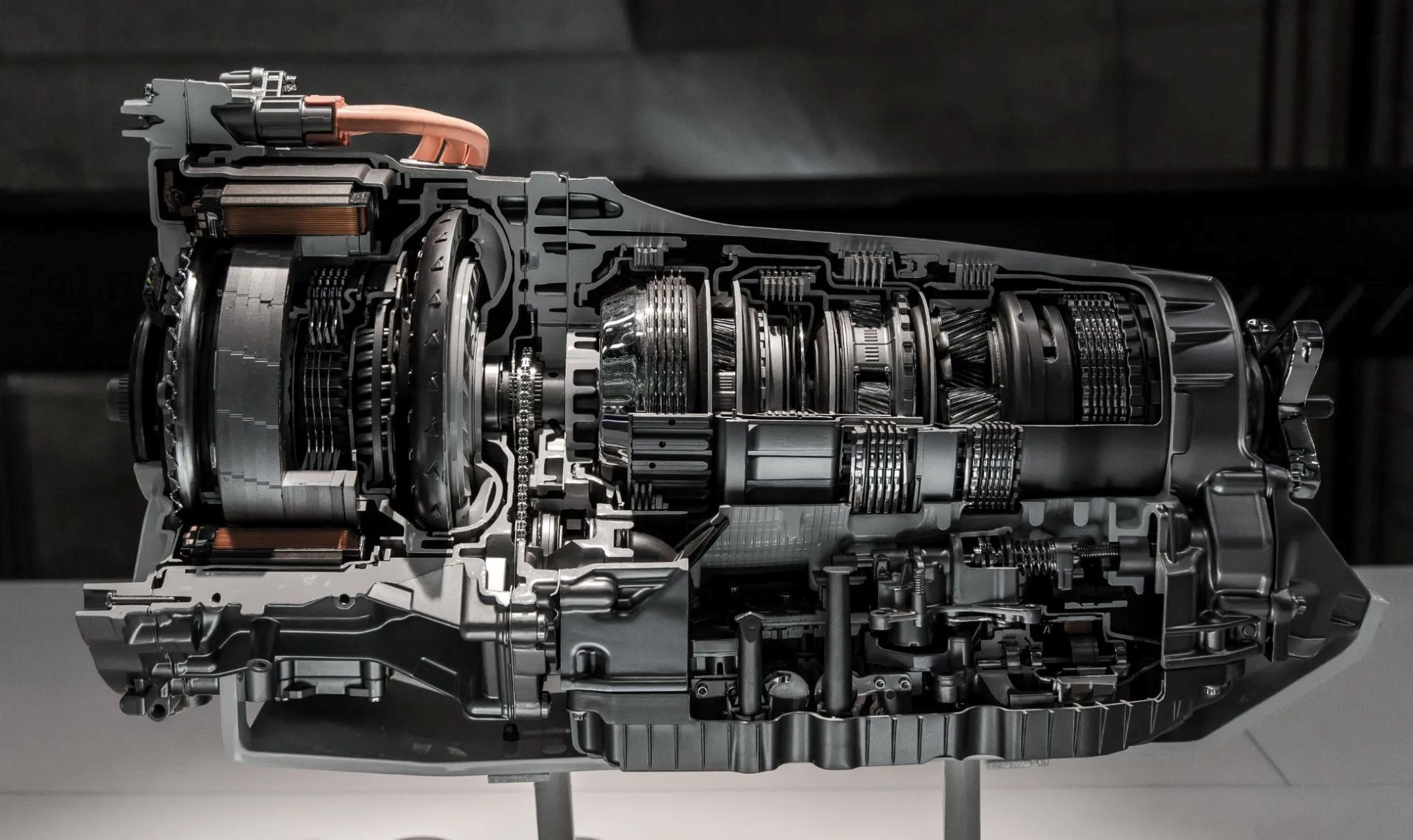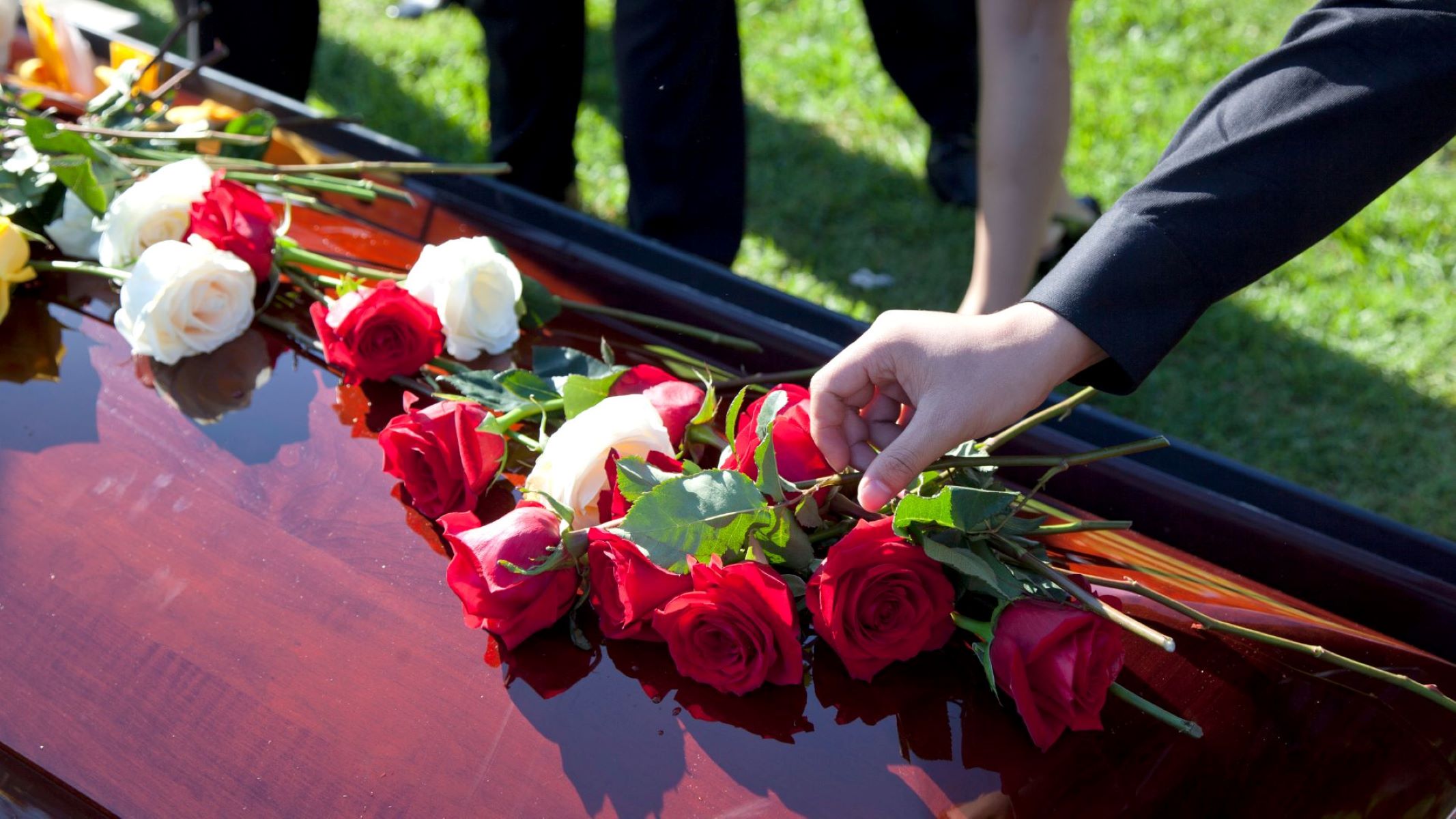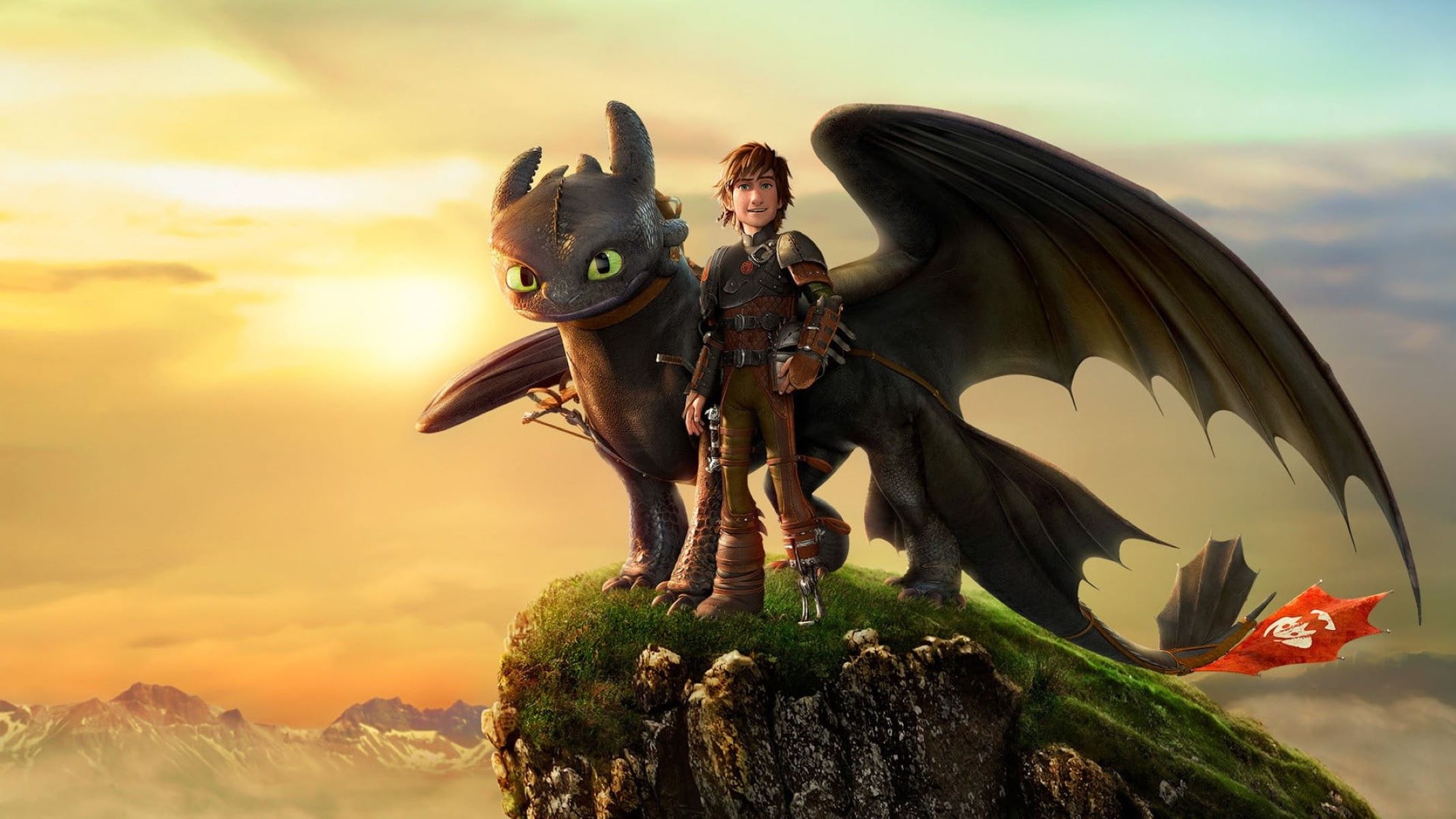Home>Arts and Culture>Unveiling The Secrets Of Classical Training
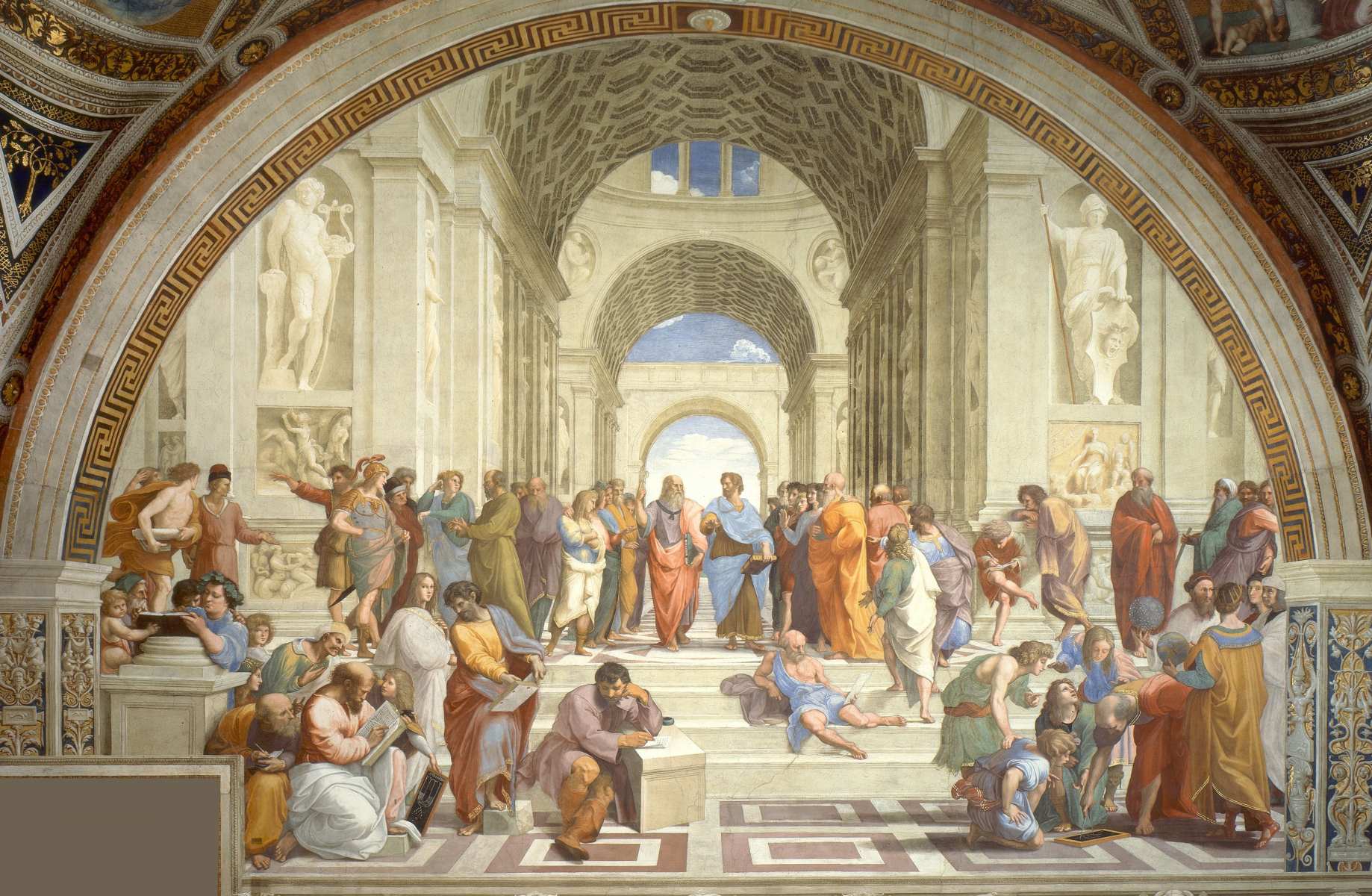

Arts and Culture
Unveiling The Secrets Of Classical Training
Published: January 7, 2024
Uncover the timeless techniques and traditions of classical training in the arts and culture. Delve into the secrets of classical training with expert insights and historical perspectives.
(Many of the links in this article redirect to a specific reviewed product. Your purchase of these products through affiliate links helps to generate commission for Regretless.com, at no extra cost. Learn more)
Table of Contents
Introduction
Classical training, a timeless and revered approach to artistic and physical development, holds a rich history and profound significance in the realms of arts and culture. This method, deeply rooted in tradition and expertise, has transcended generations, leaving an indelible mark on the world of creativity and performance.
The essence of classical training lies in its ability to cultivate discipline, precision, and mastery. Whether in the context of dance, music, theater, or visual arts, this method serves as a cornerstone for honing skills and nurturing talent. It embodies a pursuit of excellence, demanding dedication and unwavering commitment from practitioners.
As we embark on a journey to unravel the secrets of classical training, we will delve into its historical origins, explore its fundamental principles, and shed light on the methods and techniques that have stood the test of time. Furthermore, we will uncover the myriad benefits of embracing this traditional approach, dispel common misconceptions, and examine how classical training seamlessly integrates with modern artistic practices.
Join us as we embark on a captivating exploration of classical training, where tradition meets innovation, and where the pursuit of artistic perfection knows no bounds.
History of Classical Training
Classical training traces its origins to ancient civilizations, where the pursuit of artistic mastery was revered and celebrated. In the realm of dance, the roots of classical training can be found in the court dances of the Renaissance era, evolving into the codified techniques of ballet during the 17th century. This marked the formalization of ballet as a disciplined art form, with the establishment of the first ballet schools and the codification of positions and movements by luminaries such as Pierre Beauchamp.
In the domain of music, classical training found its foothold during the Baroque and Classical periods, where composers and musicians sought to elevate their craft through rigorous study and adherence to established musical principles. The establishment of conservatories and the patronage of noble courts further solidified the importance of formal training in music, paving the way for the emergence of virtuosos and maestros.
In the theatrical arts, the legacy of classical training can be traced back to the ancient Greek and Roman traditions, where actors underwent rigorous physical and vocal exercises to hone their skills. The principles of clarity, expression, and emotional depth formed the bedrock of classical theatrical training, shaping the techniques and methodologies that continue to influence actors and directors to this day.
In the visual arts, the Renaissance period marked a pivotal moment for classical training, as artists such as Leonardo da Vinci, Michelangelo, and Raphael honed their skills through the study of anatomy, perspective, and the mastery of various mediums. The ateliers and academies of the time provided a structured environment for artists to refine their techniques and develop a deep understanding of classical aesthetics.
Throughout history, classical training has evolved and adapted, embracing new influences and innovations while preserving its core tenets of discipline, technique, and artistry. Its enduring legacy continues to inspire and shape the artistic landscape, serving as a timeless testament to the pursuit of excellence and the enduring power of tradition in the realm of arts and culture.
Principles of Classical Training
At the heart of classical training lie a set of foundational principles that form the bedrock of artistic and physical development. These principles, revered for their timelessness and unwavering significance, serve as guiding lights for practitioners across various disciplines within the realm of arts and culture.
Discipline
Discipline stands as the cornerstone of classical training, demanding unwavering commitment and dedication from practitioners. Whether in the meticulous practice of dance movements, the rigorous study of musical compositions, the honing of acting techniques, or the mastery of visual arts, discipline forms the scaffolding upon which artistic excellence is built. It instills a sense of rigor and structure, fostering a mindset of continuous improvement and unwavering dedication to the craft.
Precision
Precision, an essential element of classical training, underscores the pursuit of technical accuracy and finesse. In the domain of dance, it manifests in the exacting execution of movements, the alignment of the body, and the mastery of intricate choreography. In music, precision manifests in the mastery of intonation, rhythm, and expression, elevating performances to a realm of artistry. The pursuit of precision in classical training cultivates a keen attention to detail and a commitment to achieving technical mastery in every facet of artistic expression.
Tradition
Classical training is deeply rooted in tradition, drawing from centuries-old practices and methodologies that have withstood the test of time. It honors the legacy of past masters, embracing established techniques and principles while allowing for creative interpretation and innovation. The reverence for tradition in classical training serves as a bridge between the past and the present, connecting practitioners to a rich lineage of artistic wisdom and expertise.
Artistry
Artistry, the pinnacle of classical training, encompasses the fusion of technical proficiency with emotional depth and expressive nuance. It transcends mere execution, inviting practitioners to imbue their performances with passion, creativity, and a profound understanding of their craft. Whether through the evocative movements of a dancer, the emotive phrasing of a musician, the compelling portrayal of a character, or the captivating strokes of a painter, artistry elevates classical training to a realm of profound aesthetic expression.
Continual Growth
Central to classical training is the belief in continual growth and self-improvement. Practitioners are encouraged to embrace a mindset of lifelong learning, seeking refinement and expansion of their skills through persistent practice, study, and exploration. This principle fosters a culture of artistic evolution and personal development, nurturing a community of practitioners dedicated to pushing the boundaries of their craft.
In essence, the principles of classical training embody a timeless ethos of discipline, precision, tradition, artistry, and continual growth. These guiding principles serve as beacons of inspiration, guiding practitioners on a transformative journey of artistic excellence and self-discovery.
Methods and Techniques
The methods and techniques employed in classical training encapsulate a rich tapestry of time-honored practices and pedagogical approaches, each tailored to the specific demands of artistic disciplines. These methodologies, meticulously refined over centuries, serve as the scaffolding upon which practitioners hone their craft, embodying a harmonious blend of tradition, innovation, and expertise.
Dance
In the realm of dance, classical training encompasses a diverse array of methods and techniques, with ballet standing as a paragon of disciplined artistry. The Vaganova method, originating from the esteemed Russian ballet tradition, emphasizes the development of strong technique, fluidity of movement, and expressive storytelling. The Cecchetti method, rooted in Italian ballet heritage, focuses on the precision of footwork, graceful port de bras, and musicality. Additionally, the Royal Academy of Dance method, renowned for its comprehensive syllabus, nurtures dancers through a structured progression of exercises and enchainments, fostering technical prowess and artistry.
Music
Within the domain of music, classical training unfolds through a myriad of methods and techniques tailored to instrumental and vocal disciplines. The Suzuki method, celebrated for its nurturing approach to early childhood musical education, cultivates technical proficiency and musical sensitivity through ear training and parental involvement. The Kodály method, steeped in Hungarian musical tradition, emphasizes the development of musical literacy, rhythmic precision, and choral excellence. Furthermore, the Dalcroze method, characterized by its emphasis on rhythmic movement and improvisation, offers a holistic approach to musical education, fostering a deep connection between body, mind, and sound.
Theater
In the theatrical arts, classical training encompasses a diverse spectrum of methods and techniques aimed at nurturing the expressive capabilities of actors and directors. The Stanislavski method, revered for its focus on emotional truth and psychological realism, guides performers in delving deep into the motivations and inner lives of their characters. The Meisner technique, known for its emphasis on spontaneity and truthful reactions, fosters a sense of authenticity and emotional immediacy in actors' performances. Additionally, the Viewpoints technique, rooted in collaborative improvisation and spatial awareness, offers a dynamic approach to physical and ensemble-based theater training, enriching the creative vocabulary of performers and directors.
Visual Arts
Within the realm of visual arts, classical training unfolds through a diverse array of methods and techniques tailored to the development of technical proficiency and creative expression. The atelier method, rooted in the traditions of the Renaissance masters, emphasizes the rigorous study of form, light, and composition through direct observation and meticulous practice. The academic method, characterized by its structured approach to drawing and painting, focuses on the mastery of anatomical accuracy, tonal values, and classical aesthetics. Furthermore, the plein air method, celebrated for its emphasis on outdoor painting and capturing the nuances of natural light, offers artists a dynamic approach to translating the beauty of the natural world onto canvas.
In essence, the methods and techniques of classical training form an intricate tapestry of pedagogical approaches, each tailored to the unique demands of artistic disciplines. These time-honored methodologies serve as a testament to the enduring legacy of classical training, nurturing a community of practitioners dedicated to the pursuit of artistic excellence and creative mastery.
Benefits of Classical Training
Classical training bestows a myriad of profound benefits that resonate across the realms of arts and culture, enriching the lives of practitioners and audiences alike. These benefits extend far beyond the acquisition of technical skills, encompassing holistic development, personal growth, and enduring contributions to the artistic tapestry of humanity.
Holistic Development
At the core of classical training lies a commitment to holistic development, nurturing not only technical proficiency but also emotional depth, intellectual acuity, and physical resilience. Through disciplined practice and unwavering dedication, practitioners of classical training cultivate a profound sense of self-discipline, resilience, and a strong work ethic. This holistic approach transcends the confines of the studio or stage, permeating every facet of practitioners' lives, instilling a sense of purpose, determination, and a deep appreciation for the pursuit of excellence.
Artistic Mastery
Classical training serves as a crucible for artistic mastery, empowering practitioners to transcend technical proficiency and imbue their performances with emotional nuance, expressive depth, and profound storytelling. Whether through the evocative movements of a dancer, the expressive phrasing of a musician, the compelling portrayal of a character, or the captivating strokes of a painter, classical training fosters a profound connection to the transformative power of artistic expression. This mastery extends beyond the realm of technique, shaping practitioners into storytellers, interpreters, and custodians of cultural heritage.
Cultural Preservation
Embracing classical training entails a deep reverence for cultural heritage and tradition, serving as a conduit for the preservation and celebration of artistic legacies. Through the rigorous study of established methodologies, techniques, and repertoire, practitioners of classical training become torchbearers of cultural traditions, safeguarding the timeless wisdom and aesthetic sensibilities passed down through generations. This commitment to cultural preservation enriches the artistic tapestry of humanity, ensuring that the treasures of the past continue to inspire and resonate with contemporary audiences.
Personal Empowerment
The pursuit of classical training fosters personal empowerment, instilling practitioners with a profound sense of self-confidence, resilience, and a capacity for self-expression. This empowerment extends beyond the confines of artistic practice, permeating practitioners' lives with a sense of purpose, creativity, and a deep appreciation for the transformative power of artistic expression. Through the rigors of classical training, individuals discover the depths of their potential, cultivating a resilient spirit that transcends artistic endeavors and resonates across every facet of their lives.
In essence, the benefits of classical training extend far beyond the acquisition of technical skills, encompassing holistic development, artistic mastery, cultural preservation, and personal empowerment. This enduring legacy of classical training continues to enrich the lives of practitioners, shaping them into custodians of tradition, ambassadors of artistic excellence, and champions of the transformative power of creativity.
Common Misconceptions
Classical training, steeped in tradition and revered for its enduring legacy, often becomes shrouded in misconceptions that obscure its true essence and transformative potential. These misconceptions, stemming from misunderstandings and oversimplifications, warrant thoughtful examination to illuminate the depth and richness of classical training.
One common misconception revolves around the notion that classical training is rigid and unyielding, stifling individual creativity and expression. In reality, classical training serves as a springboard for artistic innovation, providing a structured foundation upon which practitioners can explore and expand their creative horizons. Far from being restrictive, classical training offers a framework that empowers artists to infuse their performances with personal interpretation, emotional depth, and unique artistic sensibilities, fostering a harmonious balance between tradition and innovation.
Another prevalent misconception pertains to the belief that classical training is exclusively reserved for the elite or prodigiously talented, creating an insurmountable barrier for aspiring artists. On the contrary, classical training embodies a spirit of inclusivity and accessibility, welcoming individuals from diverse backgrounds and skill levels to embark on a journey of artistic growth and self-discovery. It champions the ethos of continuous improvement and celebrates the transformative power of dedicated practice, inviting practitioners of all levels to partake in the profound benefits of classical training.
Furthermore, there exists a misconception that classical training is disconnected from contemporary relevance, confined to the annals of history and devoid of resonance in modern artistic practices. In truth, classical training serves as a dynamic and adaptable foundation that seamlessly integrates with contemporary artistic expressions, enriching them with a timeless aesthetic sensibility and technical finesse. Whether in the realms of dance, music, theater, or visual arts, classical training forms an enduring bridge between tradition and innovation, infusing modern practices with a sense of heritage and artistic integrity.
It is essential to dispel these misconceptions and illuminate the enduring relevance and transformative power of classical training. By embracing a nuanced understanding of classical training, practitioners and enthusiasts alike can appreciate its capacity to inspire, empower, and enrich the artistic landscape, transcending misconceptions to reveal the profound depth and timeless relevance of this revered approach to artistic and physical development.
Applying Classical Training to Modern Practices
The timeless principles and methodologies of classical training transcend the boundaries of time, seamlessly integrating with modern artistic practices to enrich and elevate contemporary expressions of creativity. In the realm of dance, classical ballet techniques serve as a foundational pillar that underpins a myriad of contemporary dance forms, infusing them with a sense of technical precision, grace, and expressive depth. The disciplined approach to movement, alignment, and storytelling inherent in classical ballet provides a fertile ground for choreographers and dancers to innovate and push the boundaries of artistic expression, creating captivating works that resonate with audiences across the globe.
In the domain of music, the enduring legacy of classical training finds resonance in modern pedagogical approaches, nurturing a new generation of musicians and composers. The emphasis on technical proficiency, musical literacy, and expressive nuance inherent in classical training serves as a guiding light for aspiring artists, empowering them to explore diverse genres, experiment with innovative techniques, and craft compositions that reflect the fusion of tradition and contemporary sensibilities. This seamless integration of classical training with modern musical practices ensures the preservation of artistic heritage while fostering a culture of creative evolution and exploration.
Within the theatrical arts, the foundational principles of classical training continue to inform and inspire actors, directors, and playwrights in their pursuit of authentic and compelling storytelling. The psychological depth, emotional truth, and physical precision cultivated through classical training serve as invaluable tools for performers seeking to breathe life into characters that resonate with modern audiences. The fusion of classical techniques with contemporary approaches to theater enriches the dramatic landscape, giving rise to productions that transcend time and cultural boundaries, captivating and challenging audiences in equal measure.
In the realm of visual arts, the enduring methodologies of classical training provide a robust framework for artists to explore and innovate, infusing traditional techniques with modern sensibilities. The rigorous study of form, light, and composition inherent in classical training serves as a springboard for artists to experiment with new mediums, reinterpret classical themes, and engage in a dialogue that bridges the past and the present. This harmonious integration of classical training with modern artistic practices ensures the preservation of classical aesthetics while fostering a culture of innovation, diversity, and artistic dialogue.
In essence, the seamless application of classical training to modern artistic practices embodies a harmonious fusion of tradition and innovation, enriching the creative landscape with a timeless aesthetic sensibility, technical finesse, and profound storytelling. This enduring integration serves as a testament to the transformative power of classical training, ensuring its relevance and resonance in the ever-evolving tapestry of contemporary arts and culture.
Conclusion
In conclusion, the exploration of classical training unveils a profound tapestry of tradition, expertise, and transformative potential that resonates across the realms of arts and culture. From its rich historical origins to its enduring principles, time-honored methods, and seamless integration with modern practices, classical training stands as a beacon of artistic excellence and timeless relevance.
The journey through the history of classical training illuminates its deep roots in ancient civilizations, where the pursuit of artistic mastery was revered and celebrated. Whether in the domains of dance, music, theater, or visual arts, classical training has evolved and adapted, embracing new influences and innovations while preserving its core tenets of discipline, technique, and artistry.
The foundational principles of classical training, encompassing discipline, precision, tradition, artistry, and continual growth, serve as guiding lights for practitioners across various disciplines. These principles form the scaffolding upon which artistic excellence is built, fostering a culture of continual growth and unwavering dedication to the craft.
Furthermore, the methods and techniques of classical training encapsulate a rich tapestry of time-honored practices and pedagogical approaches, each tailored to the specific demands of artistic disciplines. These methodologies serve as a testament to the enduring legacy of classical training, nurturing a community of practitioners dedicated to the pursuit of artistic excellence and creative mastery.
The benefits of classical training extend far beyond the acquisition of technical skills, encompassing holistic development, artistic mastery, cultural preservation, and personal empowerment. This enduring legacy of classical training continues to enrich the lives of practitioners, shaping them into custodians of tradition, ambassadors of artistic excellence, and champions of the transformative power of creativity.
Dispelling common misconceptions surrounding classical training reveals its enduring relevance and transformative potential. By embracing a nuanced understanding of classical training, practitioners and enthusiasts alike can appreciate its capacity to inspire, empower, and enrich the artistic landscape, transcending misconceptions to reveal the profound depth and timeless relevance of this revered approach to artistic and physical development.
Lastly, the seamless application of classical training to modern artistic practices embodies a harmonious fusion of tradition and innovation, enriching the creative landscape with a timeless aesthetic sensibility, technical finesse, and profound storytelling. This enduring integration serves as a testament to the transformative power of classical training, ensuring its relevance and resonance in the ever-evolving tapestry of contemporary arts and culture.
In essence, classical training stands as a testament to the enduring power of tradition, the transformative potential of artistic mastery, and the seamless integration of heritage with innovation. It embodies a timeless pursuit of excellence, inviting practitioners to embark on a transformative journey of artistic growth, self-discovery, and unwavering dedication to the enduring legacy of classical training.
